This week’s bible story
Read the story of the two brothers.
Have a think about these questions as you read:
Why did the brothers decide to have a bet?
– Why was the farm labourer unhappy and how had the lady become wealthy?
– What did the priest think about the world?
– Who won the bet?
– When the poor brother was sheltering in the forest, what did he overhear?
– How did the poor brother help the farmer, the villagers and the queen?
– How was the poor brother rewarded?
– What happened when the dishonest brother met the elves?
What lesson do you think the writer of the story is trying to teach us?
Reflection:
Read the following poem and have a think about how this relates to our Christian value of honesty.
Sometimes, we think that it is easier to tell a little lie.
We find it hard to tell the truth, however, we may try.
We’re just afraid to take the blame,
We feel remorse, we’re full of shame.
We should not cheat when things go wrong,
Just face the facts, own up, be strong.
Prayer
Dear God,
Please help us to be honest and true
In all the things we say and do.
Amen.
Brilliant Bones!
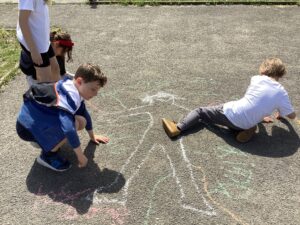
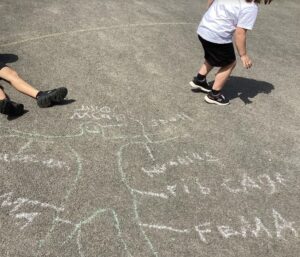
Roads and rails
At nursery this week, the children have been discussing different types of vehicles, looking at maps and learning about road signs. To help us understand maps, we thought about our own classroom and made a simple plan of where everything belongs in the room. We worked out how to travel from the internal door, round the classroom and then out through the external door to the playground. We’ve also had fun making our own simple vehicles (lolly stick rafts) and we tested them to see if they would float. We thought about what we would need if we wanted to drive a car or a bus and we made our own steering wheels.
In maths, we’ve been learning about capacity and talking about empty, half-full and full. We used water, rice and uni-fix blocks to help us to understand the concept and we also used different sizes of containers to help us with our measurements.
It’s Sports Day on Tuesday morning so we hope to see lots of parents and carers in the crowd to cheer us all on. Please don’t go to any trouble buying a proper PE kit – a comfortable pair of shorts and a T-shirt (in your child’s team colour) will be perfect for the day.
Things to remember:
Please bring a NAMED water bottle to school and a NAMED hat for the warm, sunny weather.
Many thanks.
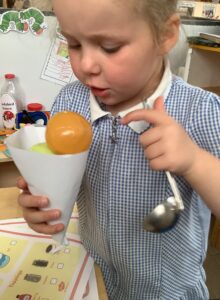
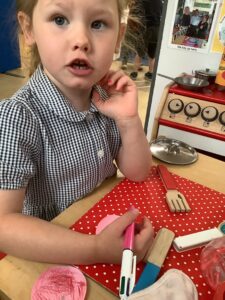
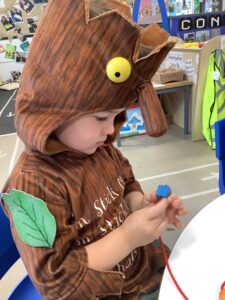
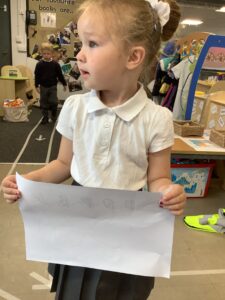
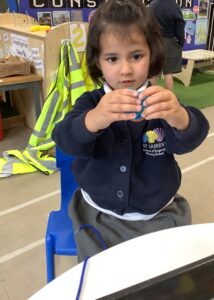
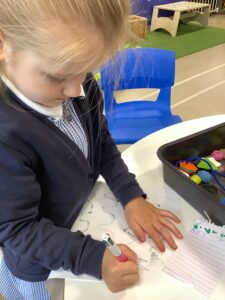

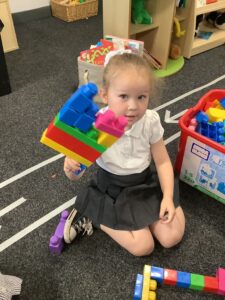
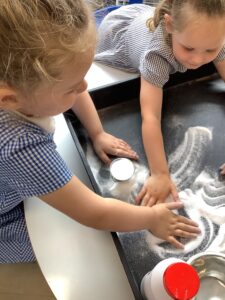
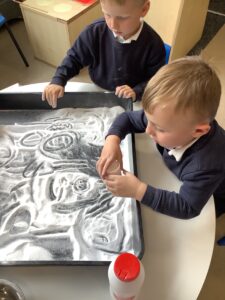
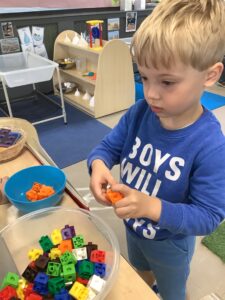
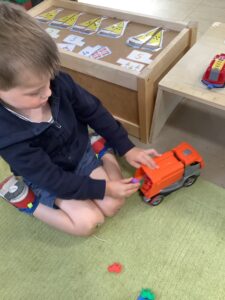

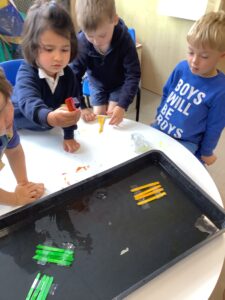
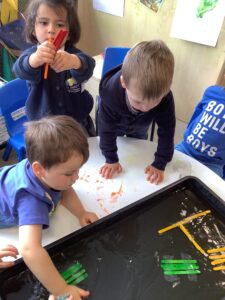
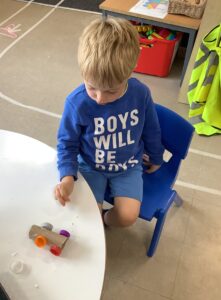
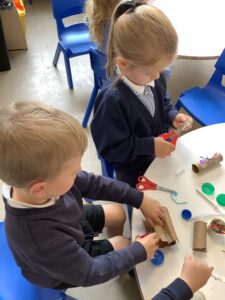
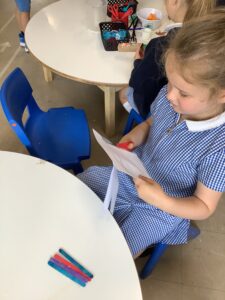
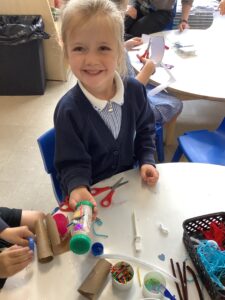
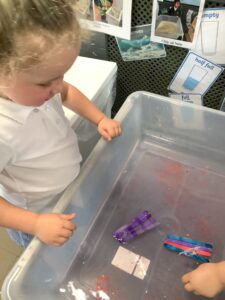

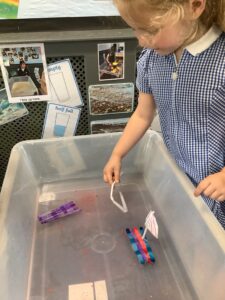

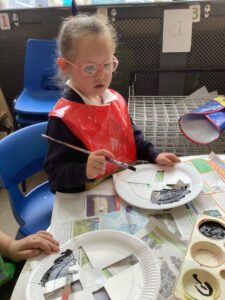

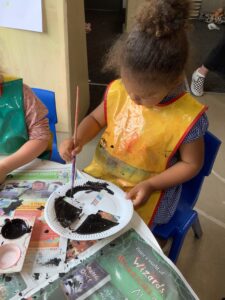
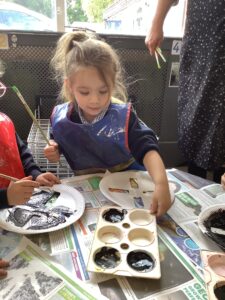
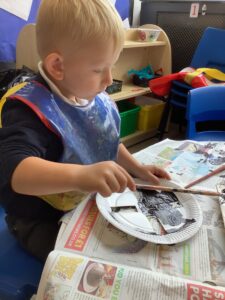
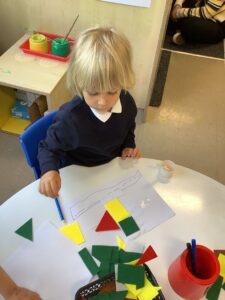
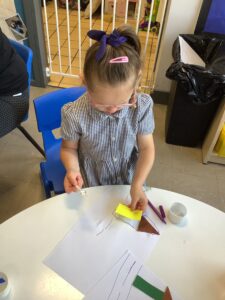
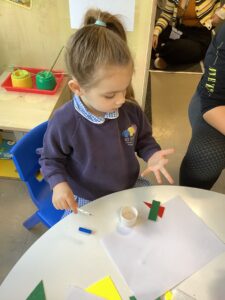

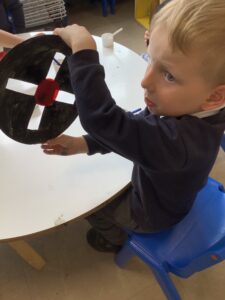
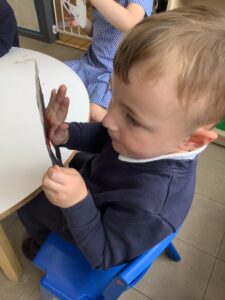
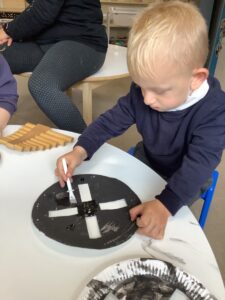
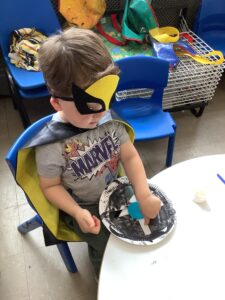
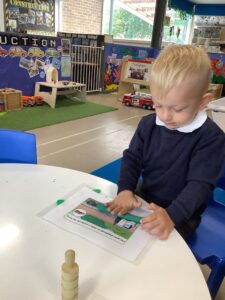
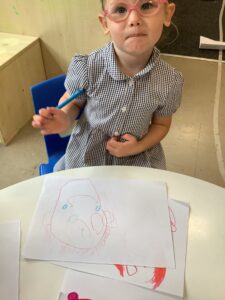

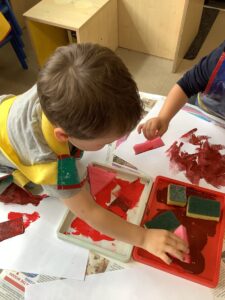
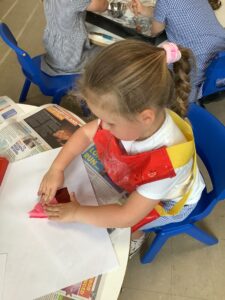
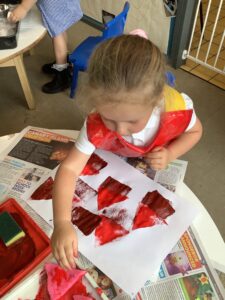
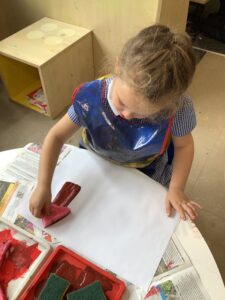
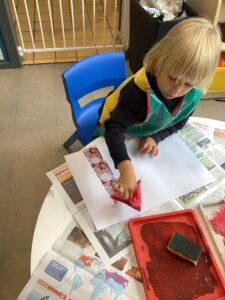
Reading
We have been reading and enjoying the story The Book with no Pictures by B J Novak .
After listening to the story being read aloud by the teacher the children took turns to read the story aloud to each other or to themselves. We talked about what we liked/disliked about the book. We all found it very funny and liked all the made up words and silly sentences.
We have also been looking at contractions and how sometimes when we speak or write we join two words together to create one word. We played a pairs came and Y2 had a go at an activity in their book.
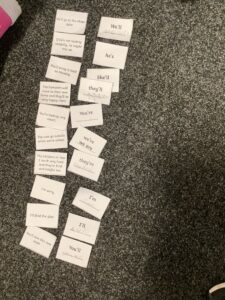


01 July 2022
Year 1: rain wait train afraid oil join coin point
Year 2: cry cried cries fly flied flies reply replies replied every

homophones
Next week years 3 and 4 will be tested on homophone words.
there/they’re/their
whole/hole
peace/piece
right/write
break/brake
hear/here
This week’s message (Friday 01 July 2022)
Our message this week is a short one, but an important one. We know we send lots of messages about online safety, but please do take on board what we’re saying – this year, we’ve experienced more issues, and more serious issues, than ever before.
Ofcom recently published a report looking at media use, attitudes and understanding among children and young people aged 3-17. It also includes findings on parents’ views about their children’s media use, and how parents of children and young people aged 3-17 monitor and manage their children’s use.
The summary of key points (below) comes from a safeguarding email we receive each week in school. The bold text is from us:
- Children were more likely to experience being bullied via technology than face-to-face: 84% of 8-17s said they had been bullied this way (ie via text or messaging, on social media, in online games, through phone or video calls, or via other apps and sites).
- Nearly all children went online in 2021 (99%); the majority used a mobile phone (72%) or tablet (69%) to do so.
- Using video-sharing platforms (VSPs) such as YouTube or TikTok was the most popular online activity among children aged 3-17 (95%).
- Among all types of online platforms, YouTube was the most widely used by children; 89% used it, compared to half using TikTok. But TikTok was more popular than YouTube for posting content.
- A majority of children under 13 had their own profile on at least one social media app or site; 33% of parents of 5-7s said their child had a profile, and 60% of 8-11s said they had one. This is despite the minimum age for most social platforms being 13.
- Just four in ten parents of 3-17s knew the minimum age requirement for using most social media; 42% correctly said 13. Four in ten parents of 8-11-year-olds said they would allow their child to use social media (38%).
- Six in ten children aged 3-17 played games online in 2021, increasing to three-quarters of 12 – 17s.
- More than a third of 8-17s who gamed online played with people they didn’t know (36%); overall, 16% of 8-17s chatted to people they didn’t know, via the messaging/ chat functions in games. You wouldn’t let your child play out with random strangers – for the same reasons, talk to you child about who they may be chatting with online.
Check out our online safety tips.
As always, if you’ve any questions, comments or concerns, do speak with us.
Have a good weekend.
Next week
Sports day
Tuesday 05 June at 9.15am
Your child needs to come to school in their PE kit and wearing suitable footwear.
Please could you ensure your child has a named water bottle and a cap/hat at school; it would also be useful if you could apply sun cream before your child comes to school.
Tropical World
Wednesday 06 June
Your child needs to come to school in their school uniform.
They’ll need a packed lunch and named water bottle.
PE
Thursday 07 June
Your child needs to come to school in their PE kit.
01 July 2022
This week’s Talk Time has a Living and Learning focus:
I can talk about how to be safe near drugs (over-the-counter medicines and prescription drugs, for example).
A good starting point for your discussions could be to identify the drugs you’re aware of that have the potential to be helpful. Then, you could discuss a range of scenarios, establishing what being safe around drugs does and does not look like.
The following R2s will help you to stay safe around drugs:
- Only take drugs as detailed by your doctor and/or in the instructions (if an over-the-counter medicine).
- Do not take drugs that are prescribed for someone else.
- If you’re not sure what the drug is or how much you can have, don’t take it.
- If you need any medicine or have any related questions, ask a trusted adult.
01 July 2022
This week we have been learning about the word endings –ance and –ence. Please learn the following words for a test on Thursday 7th July
- hindrance
- apparent
- convenience
- excellent
- existence
- frequent
- nuisance
- sufficient